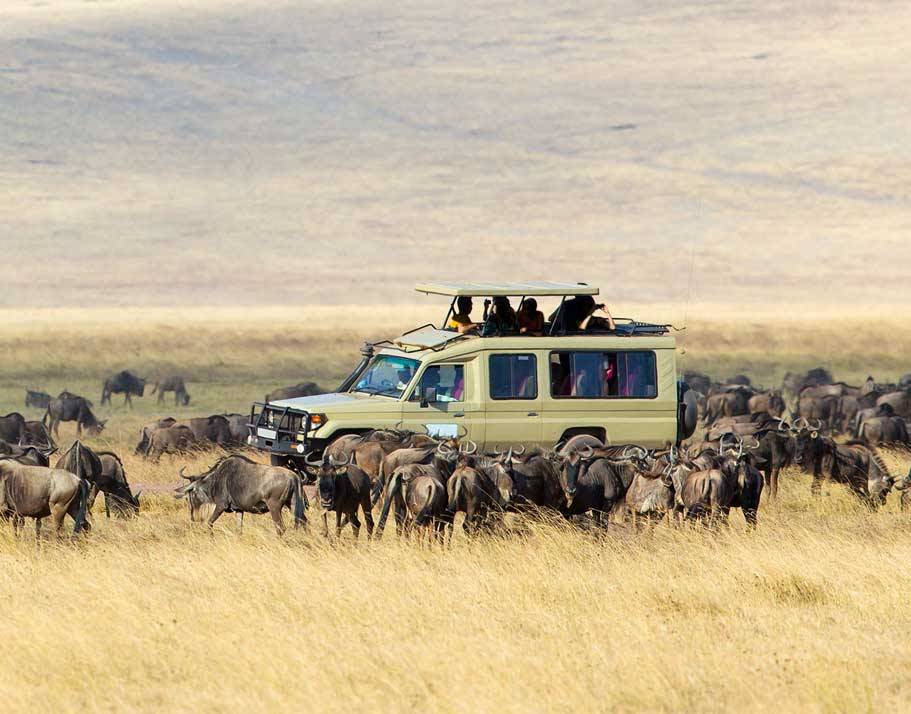The Serengeti National Park was established nearly a hundred years ago as a colonial game reserve, made a National Park in 1951, and later endorsed as a UNESCO World Heritage Site in 1979. One of the last remaining areas of untouched wilderness, it lies securely in the Serengeti ecosystem, an area that stretches from the woodlands, lakes and grassy plains of Ndutu in southern Serengeti to the northern verdant river expanse till Masai Mara National Reserve in Kenya. This ecosystem covers 25,000 square kilometers, within which the Serengeti National Park consists of almost 15,000 square kilometers of protected ecological treasures, to be discovered on an AfricanMecca dream safari vacation to Tanzania. Any ecosystem is composed of interlinked and interdependent phenomena, including the topography, climate and situation, the wildlife and the effects of human usage. The climate of the Serengeti is defined by periods of rain and drought. The geography of the area ranges from apparently limitless grass plains in the south, fertilized by volcanic ash rich in life-giving phosphates, to wooded highlands in the east, crossed by rivers and studded with island outcrops or kopjes of eroded granite, home to hundreds of vulnerable inhabitants such as the rare black rhinoceros.
Explore Serengeti






